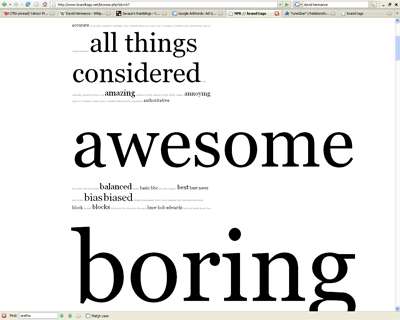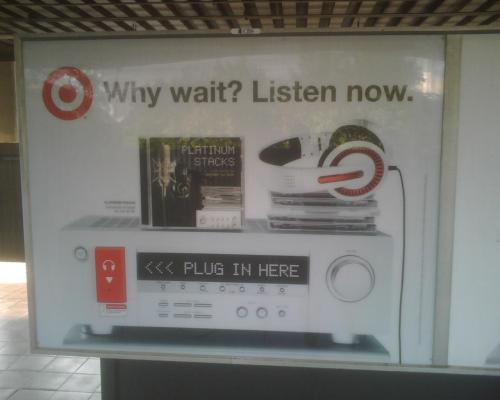My coworker Sara Sarasohn tipped me off to Toyota’s hilarious and self-deprecating commercial for the Sienna minivan. Shot in the style of a hip-hop video, two late-30’s parents rap about bake sales and tea parties.
I think the minivan is poised to reemerge — but first a bit of history.
Minivans became the vehicle-of-choice among suburban families beginning in the late 1980s, when they unseated the then dominant family vehicle, the station wagon. (If you’re too young to remember family wagons, you may have seen them in movies). The minivan’s layout provided more passenger and cargo room in a shorter length vehicle. They were easier to park, load and unload, were often safer, and had better gas mileage than their large engine predecessors.
The emergence of the SUV or “sport” utility vehicle precipitated the end of the minivan era. At some point in the late 90’s, a minivan dad was stopped at a redlight. He peered at the SUV in the adjacent lane and wondered “can you put a carseat in one of those?”.
Ironically, a lot of used minivans were snapped up by outdoor enthusiasts seeking a practical vehicle. Paddlers, mountain bikers, and climbers found they offered tons of room for gear and you could even live out of them.
Minivans will come back into the mainstream because my generation is having kids and that’s what we remember riding in. I expect to see a lot more modern amenities added to minivans, but they’ll be more modest and design-conscious than the ginormous-everything features of SUVs.
We Gen-Xers have hung on to our cynicism but have also become more pragmatic. Even if — like every generation — we’re becoming everything we said we wouldn’t, we’ll appreciate that Toyota is keeping us honest about it. We mocked our nuclear-family origins and the minivans we grew up riding in. But we’ve seen the alternative, and we’re not going there.



